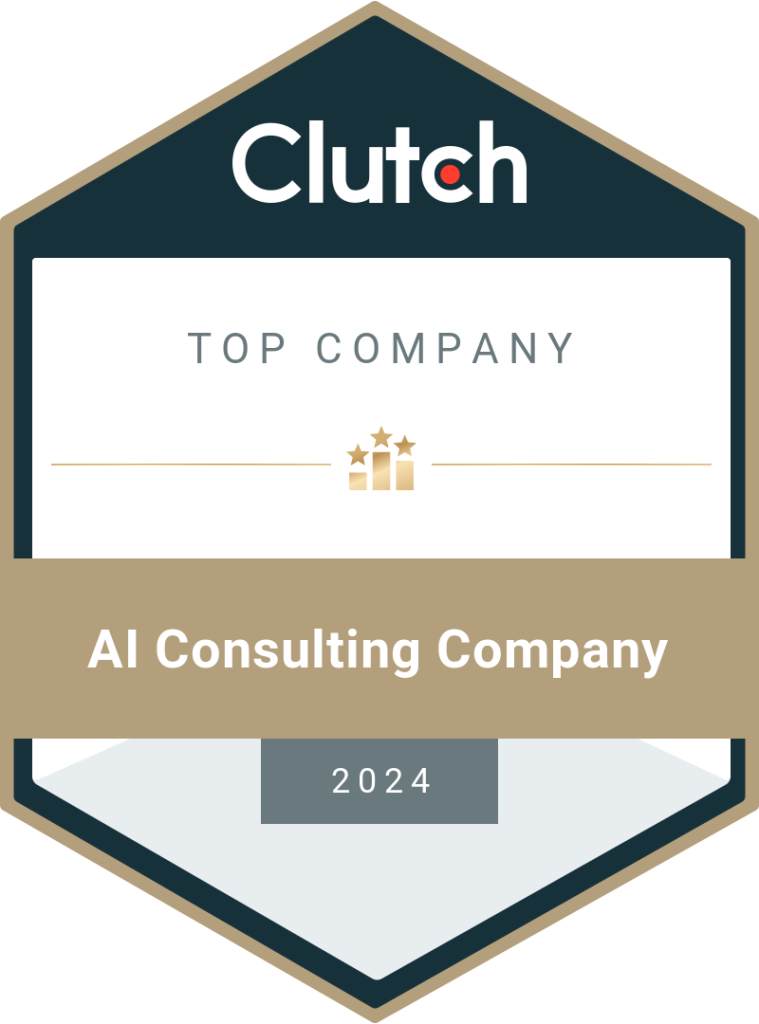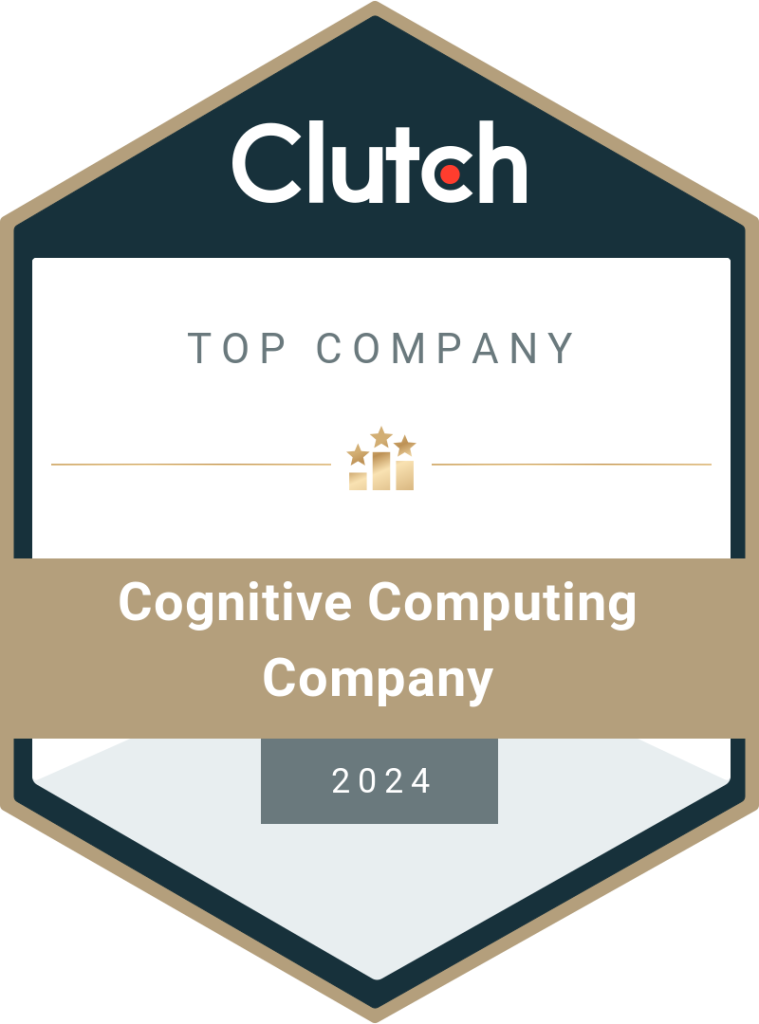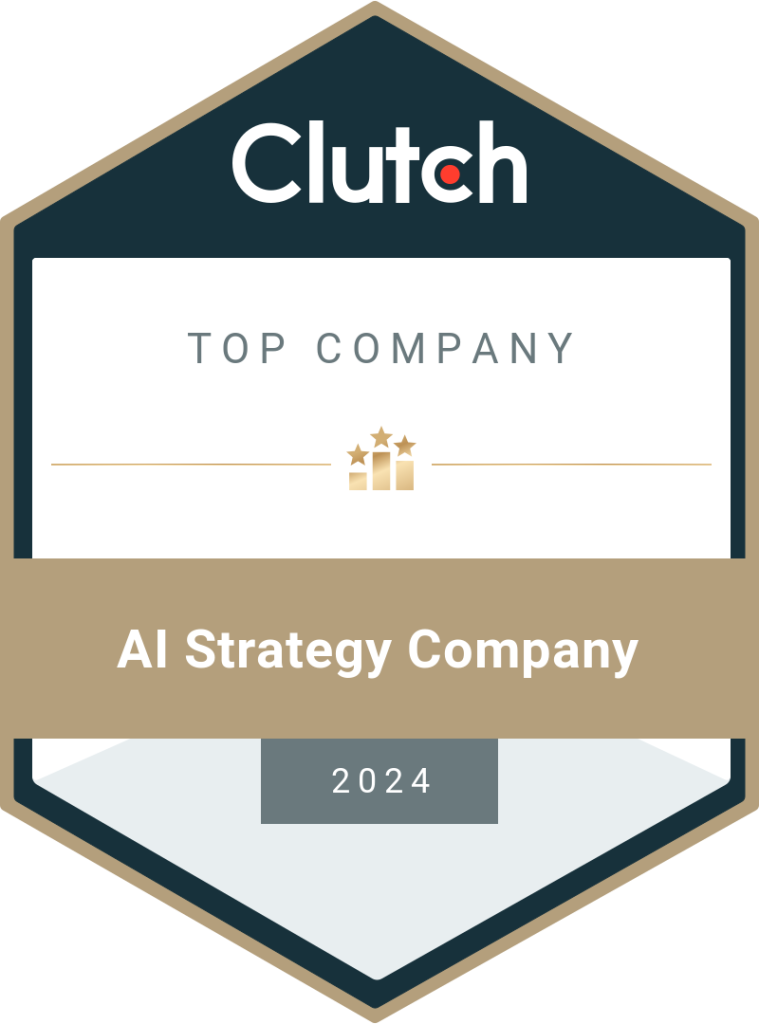Step-By-Step Guide to Digital Transformation
Digital transformation has been a part of the global industry for years. However, it was considered a tool to have a competitive advantage in the pre-Covid era. Now the digital transformation is a must for every business, a startup, or an established multinational company. Statistics show that the global digital transformation market is expected to grow at a CAGR (Compound Annual Growth Rate) of 16.5% from 2020 to 2025 to touch $1009.8 billion. The World Economic Forum said the digital transformation will add $100 trillion to the global economy by 2025, with interactive platforms taking up two-thirds of the total value. Similarly, data from Statista show that the global investment in digital transformation will grow from $1.8 trillion in 2022 to $2.8 trillion by 2025. With everyone around the world talking about digitally transforming their businesses, it’s vital to understand what it actually means and how to implement the process correctly. Here’s a step-by-step guide to digital transformation with answers to questions like who should lead digital transformation and what is the fundamental meaning of digital transformation? What is Digital Transformation? Digital transformation is the process of establishing a digital-first approach in a business to streamline internal processes, revamp business models, enhance customer experience, and increase ROI. Advanced technologies like artificial intelligence, hybrid cloud, automation, machine learning, etc., are used to leverage data, create seamless data flow, and empower smarter decision-making. It offers a real-time solution to market disruptions and creates new business opportunities for growth and success. Digital transformation is not a one-time fix. It is the continuous adoption of technologies to deal with changing market conditions and customer requirements in the best possible manner. So do you need a vision for a digital transformation agenda? Absolutely! How you digitally transform your business depends on various factors, such as your organization’s vision, mission, goals, target market, etc. To create a robust and comprehensive digital transformation agenda or strategy for your business, you should first understand what is crucial for the enterprise and how it can be achieved. Hiring a digital transformation service provider or consulting company is a stress-free method to handle the process effectively. Digital Transformation Strategy Every enterprise has its own strategy to digitally transform its processes and systems. There is no single methodology that suits all businesses. But how do you determine your optimal digital transformation strategy? It’s done by aligning the digital transformation strategy with the organization’s strategy and following the two most important principles: Defining and detailing the strategy will provide a clear picture and make it easy to implement digital transformation in the business. Digital Transformation Technologies While any digital technology can be used to transform business processes, some technologies have a central role and are a must for every enterprise. However, digital transformation will be successful when you know which technology is the best for your needs. Consulting companies not only help choose the right tools and technologies but also customize and integrate them with the business systems to increase overall efficiency and performance. The top digital transformation technologies are: Building Blocks of Digital Transformation The building blocks of digital transformation can be varied and extensive, depending on the enterprise’s requirements. Nevertheless, these are broadly classified into four major categories: Digital transformation in organizations begins with identifying the elements under each building block. Having a detailed, high-level checklist will ensure you don’t miss any crucial factors when adopting the latest technologies and processes in your enterprise. Digital Strategy You should ask three major questions when setting the strategy- With ever-changing answers, you should make sure the digital strategy has components that support making proactive business decisions in the present and future. Identifying the stepping stones and challenges helps choose the right areas to implement the changes. A Gartner report shows that 60% of mainstream enterprises mention that becoming a composable business is their strategic objective to outperform their competitors and implement new developments 80% faster. Business Model The ultimate goal of business digital transformation is to drive real value for customers through improved business operations. It should bring greater ROI and help enterprises achieve their desired outcomes. Hence, this category contains components like operations, business economic model, products & services, and customer & engagement across the selected channels. The primary intent is to find ways to derive additional value from the improvements without increasing the costs. Enablers As the term suggests, enablers are the tools, technologies, and methodologies that help achieve the goals and initiate digital transformation in the enterprise. It also includes people (internal and external) who play varied roles in using technology and achieving success. However, the biggest challenge lies in building an in-house team and encouraging existing employees to adopt digital transformation. The most prominent enablers of digital transformation are: Many organizations partner with offshore service providers to save hiring costs and the time taken to build a team from scratch. Consulting companies also assist and train existing employees to become comfortable with new technology and use it effectively to increase their performance at work. Orchestration The final and crucial building block of digital transformation is orchestration, or the process of how to get it done. It deals with finding investors, creating a fund, setting governance regulations, scaling the systems, identifying competent leaders, and promoting community engagement to involve everyone in the process. Many challenges arise in this stage and determine the end results of digital transformation in a business. For example, a wrong leader could put the entire organization at risk. Partnering with digital transformation consulting companies reduces risks and empowers your business at various levels. Guide to Digital Transformation Your digital transformation approach has to be structured in a systematic process to prevent mistakes and unexpected roadblocks. Be it a small business or a large enterprise, planning and implementing digital transformation is no small feat. The process is extensive and requires time, money, resources, expertise, and dedication. Here’s a step-by-step guide to implementing digital transformation in your enterprise: 1. Define Your Vision Firstly, define what you want to achieve by implementing your digital transformation ideas. The vision changes from one business to another, even
Read More






